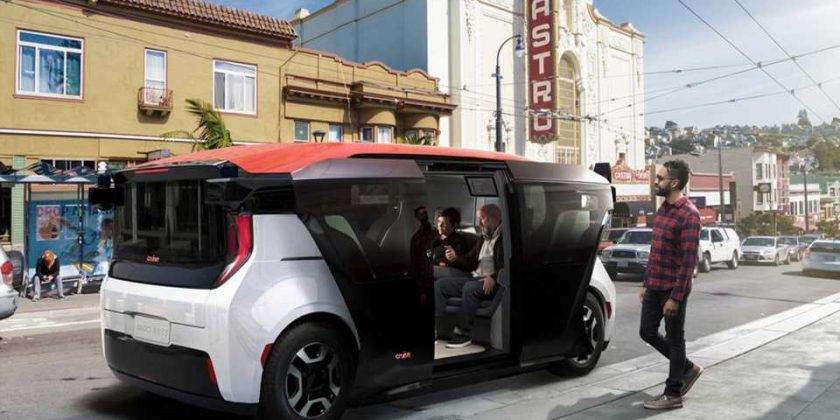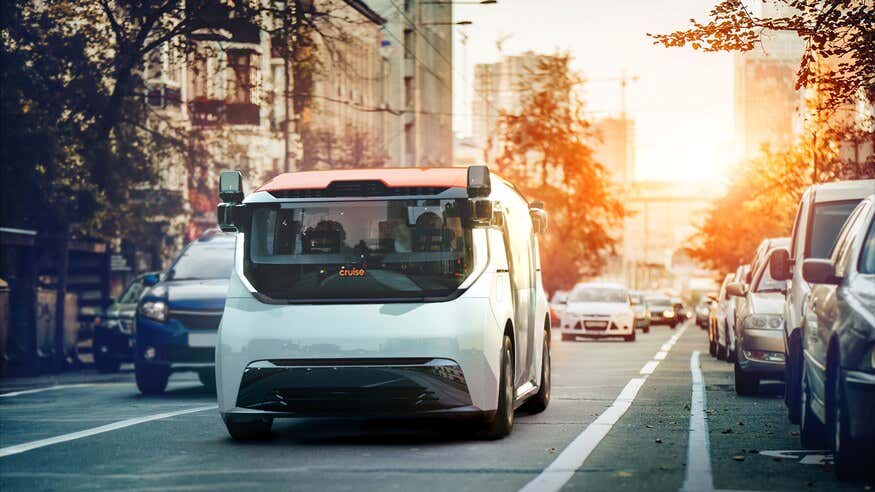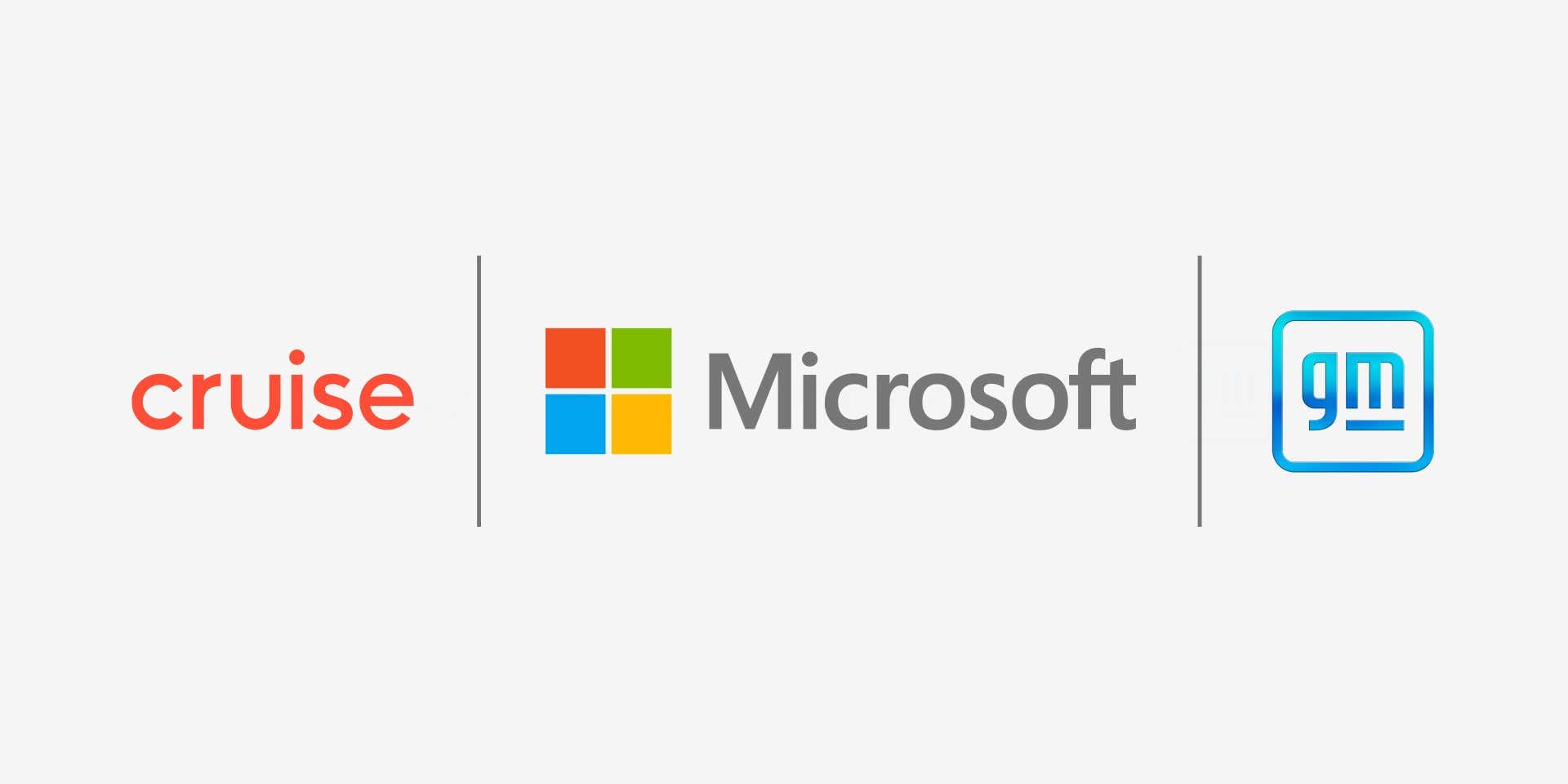There are two things about self-driving cars: one, they don’t exist yet and two, people don’t trust the concept—except for those who do, a bit too much. It’s partly the idea of the uncanny, something we haven’t gotten used to yet that will probably be mundane by the time it turns a profit. And that’s if it even turns out to be successful. Car manufacturers and startups alike are determined to make it so, which means a lot of money is getting traded about for as-yet-unproven technology. Point in case: General Motors’ newest venture involving Cruise, its automated driving project, and Microsoft, who joins a group of investors that have pitched in more than $2 billion to the cause.
Of course, all technology is unproven until it works; not so long ago on the scale of human history, we thought cars were so dangerous to control that they needed—of all things—someone walking in front of ’em. So although it’s crucial to emphasize that self-driving cars don’t exist yet and several attempts to make them, including Uber’s serious (and seriously flawed) effort, have tanked, they’re not necessarily a total bust as a concept.
All this fundraising is aimed at putting Cruise’s Robotaxis on the road for eventual public consumption. And while Cruise needs GM to help it build cars, it needs Microsoft for a different reason—and not the purely computational one you might imagine. Microsoft products bring something more valuable than CPU clout, which is, according to Cruise CEO Dan Ammann, trust.
“Our mission to bring safer, better, and more affordable transportation to everyone isn’t just a tech race—it’s also a trust race,” Ammann said in a statement. “Microsoft, as the gold standard in the trustworthy democratization of technology, will be a force multiplier for us as we commercialize our fleet of self-driving, all-electric, shared vehicles.”
There’s some agreed tech sharing between Microsoft, Cruise and GM about using cloud platforms, namely Microsoft’s Azure. It’ll contribute to Cruise’s machine-learning AI in a way that the startup desperately needs to turn its Origin autonomous shuttles into a money-making operation.
“Microsoft will help us accelerate the commercialization of Cruise’s all-electric self-driving vehicles and help GM realize even more benefits from cloud computing as we launch 30 new electric vehicles globally by 2025 and create new businesses and services to drive growth,” said GM CEO Mary Barra in a statement.
This, along with Microsoft’s Edge computing platform, will save Cruise a ton of time by providing an already-available suite of usable tech it didn’t have to develop itself. Cruise has performed thousands of hours of testing with semi-automated Bolt EVs on the streets of San Francisco, completing its first run without a driver behind the wheel just last month. In order to outrun the seemingly inevitable loss of capital without profitability, Cruise will have to combine that experience with the tools that Microsoft and others bring to the table.
And make no mistake, the computer your mom and pop use Outlook on is a big factor in reassuring customers the technology is legit.
“Advances in digital technology are redefining every aspect of our work and life, including how we move people and goods,” said Satya Nadella, CEO of Microsoft. “As Cruise and GM’s preferred cloud, we will apply the power of Azure to help them scale and make autonomous transportation mainstream.”
Long-term Windows users may be surprised to hear that Microsoft could be associated with not crashing. But as well as doing a Google or Apple and moving into automotive spaces for the tech credentials, Microsoft might have hit on a very sought-after part of its stock in this partnership. Cruise, meanwhile, is now valued at $30 billion, which is nearly 40 percent of General Motors’ market cap. These things seem to work out for everyone, at least early on.
Source: Read Full Article


